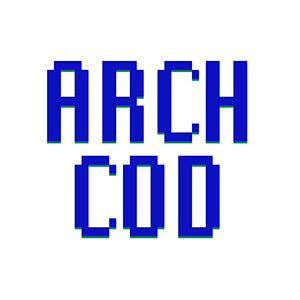Radical deconstructive architecture
Radical deconstructive architecture
Radical deconstructive architecture – “deconstruction” is a term of modern intellectual doctrines, which was founded by Jacques Derrida. The reason may misunderstand the Deconstructivist movement.

Deconstructive concept
Deconstruction is not a new architectural style, nor is it an intellectual and philosophical movement against architecture or society, but the concept of deconstruction is that it does not follow the rules that earn artworks some limited aesthetics, it is about unleashing the endless possibilities of manipulating shapes and sizes.
How did the deconstruction begin
During World War I, Russian avant-garde pioneers, known as Russian builders, broke the rules of classical architecture and composition and presented a series of drawings that changed engineering standards at the time.
And deconstruction is considered from their critical point of view, it is their experience with the forms, as the traditional perception of architecture disturbed them, and from here the deconstruction opened the eyes of people to the endless possibilities of breaking the rules of architecture.
After the war, the country was undergoing fundamental changes and revolutions, and the impact of these revolutions on architecture was inevitable, as architecture is a high form of art, with architecture affecting and influencing society, and thus any social revolution expressing the existence of the architecture revolution.
Engineering in either art or architecture became irregular, as Vladimir Tatlin designed a curved monument trapped within a quirky frame of the Third International in 1919
Alexander Rudchenko also made a experimental radio station design depicting all kinds of engineering experiments and irregularities.
Deconstruction is a chaotic, funky, bent, and almost impossible form to be built or edited, but these unusual projects have been carefully planned and executed, the fragmented parts of objects, deformed walls, curved surfaces, circular paths, and interiors of strange shapes in deconstructive architecture aim to create Feeling of discomfort or confusion, the concept of controlled chaos is not something people used to see in the history of architecture.
From postmodernism to deconstruction
This fragmented style is believed to have evolved from postmodernism, which started in the late 1980s, yet it actually caught the eye of the public in the 1982 Architectural Competition Parc de la Villette, where Bernard Tchome is one of the leading names in architectural deconstruction.
In 1988 a show called Deconstructive Architecture was held at the Museum of Modern Art in New York, where some of the most prominent names in the style were exhibited by Frank Gehry, Daniel Lipskind, Zaha Hadid, Bernard Chome, Peter Eisenman, and other leading figures in the pioneering deconstruction movement.
“Removing the essence of architecture” was the summary goal of deconstruction according to some critics, it was actually a big step away from the basic elements of architecture and a totally bold step towards what is exceptional and innovative, while some projects did not seem to have any visual logic or coherence , Other examples reflect harmony and natural flow.
Examples of deconstructive architecture

- The Guggenheim Museum in Bilbao
- UFA – The Film Center
- Parc de la Villette
- Vitra Fire Station
- Walt Disney Concert Hall
- Musical project museum experience
- Lou Ruvo Center for Brain Health
- Beijing National Stadium
- Daniel Lipskind Jewish Museum
- Dance house
Deconstruction is a common trend of thought and art, its impact on architecture and modern design by presenting society to an unconventional style in the presentation of construction, this unconventional approach to building design is partly due to computer-assisted technology known as Paramic Design as well as the theories created by Jacques Derrida.
Browse also on our site: Sound and its relationship to architecture
Don’t forget to follow us on Twitter







